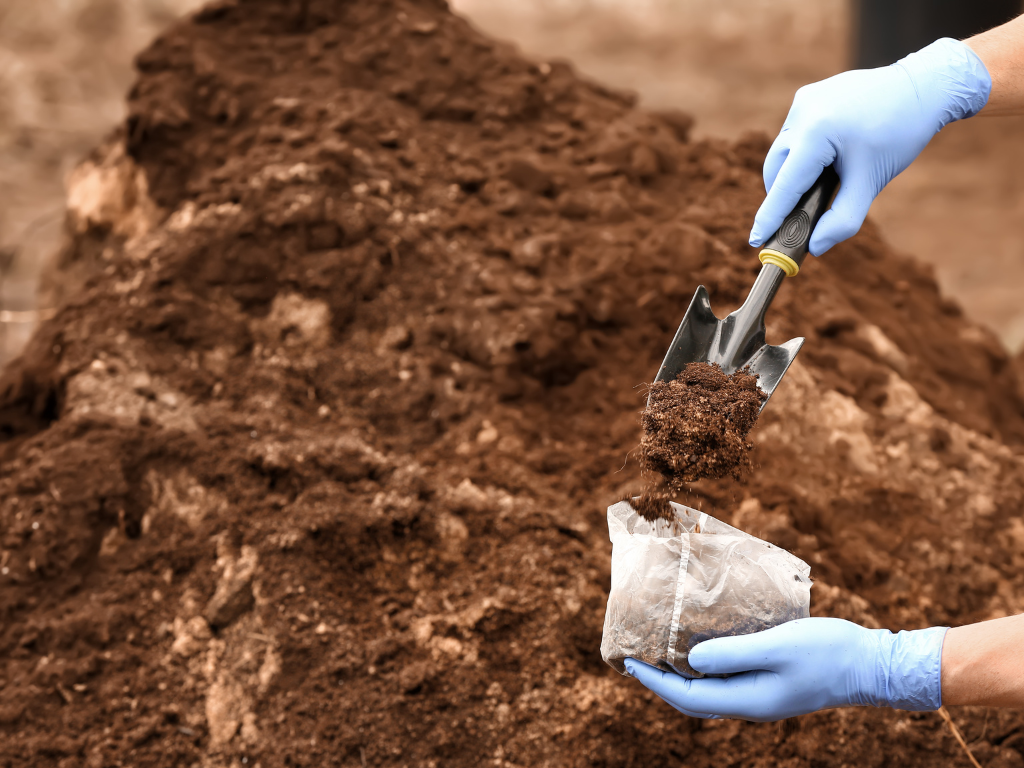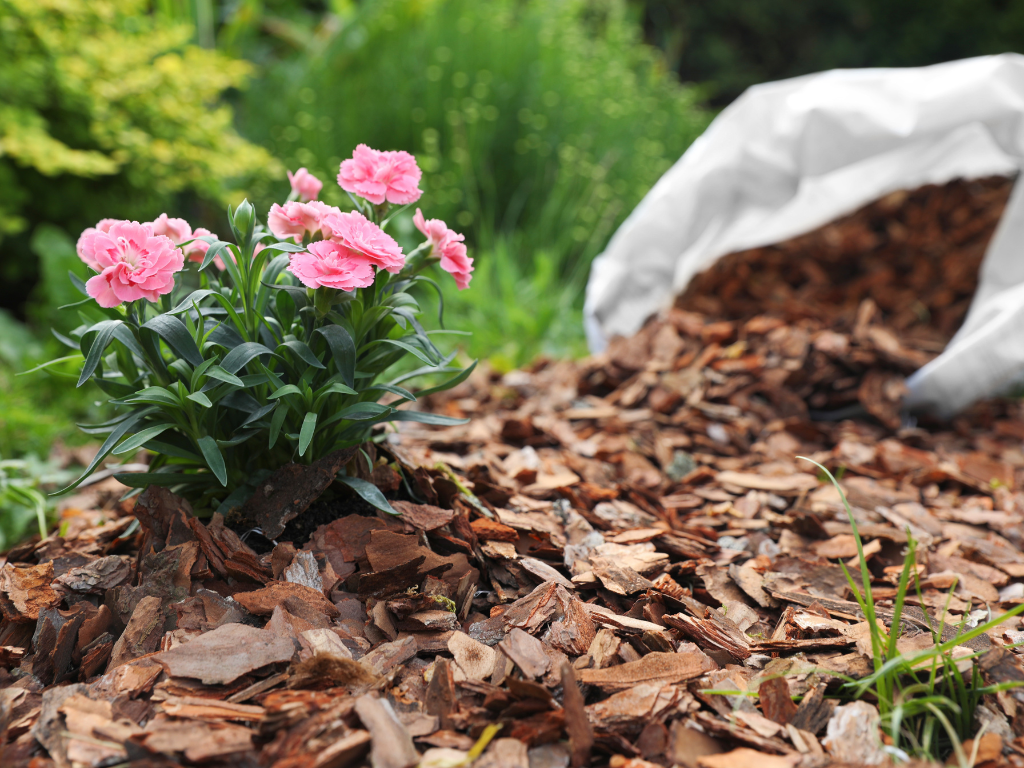Spring is the best time to add some color to your garden beds! It is better to start with some notes on what to do before to start working on any project, and garden care is not the exception! We did the research for you! Below is a detailed to do list of the most common and important spring tasks to take care for and enhance your garden.




Recent Comments